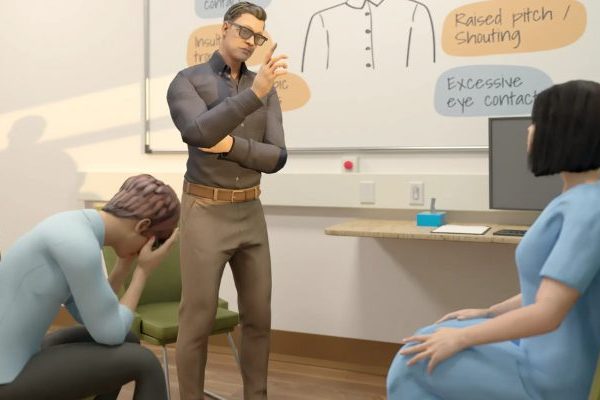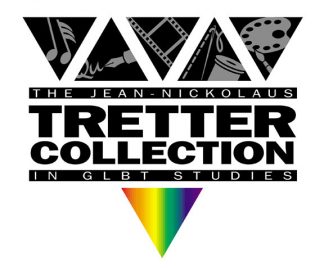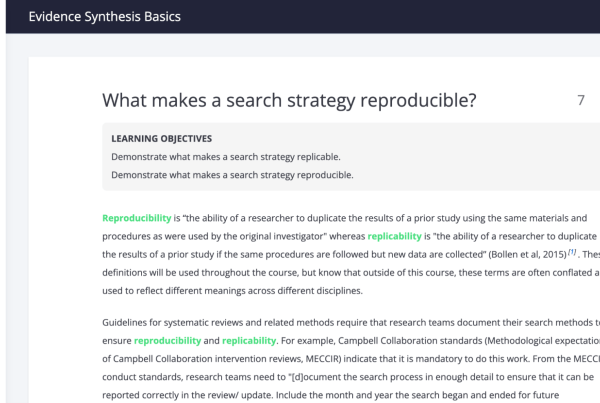By Mark Engebretson
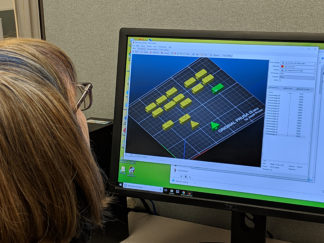
Michelle Henry-Stanley designing gene segment models.
Michelle Henry-Stanley had been looking for a better way to teach her health sciences students about the process of genetic recombination. Already a proponent of “active learning” environments, Henry-Stanley envisioned a tactile, hands-on educational tool that would give students a sense of the complexity of the recombination process.
“The goal of our project was to provide our students with a hands-on activity appropriate for the active learning classroom,” Henry-Stanley says. “In addition, we wanted to create a novel model system to deliver course content.”
But she needed help bringing her vision to the classroom. Help soon arrived from the staff at the Bio-Medical Library Makerspace.
Through the Fellowship for Teaching in Active Learning Classrooms, Henry-Stanley and co-course director Donna Spannaus-Martin connected with Del Reed, a librarian for Allied Health Sciences. Reed told them about the Makerspace and the 3D printers that were available for use by faculty and students at the library.
“We learned that the library employed technical consultants who staffed the Makerspace and we learned that these individuals were available to help with our project,” recalls Henry-Stanley, Associate Professor of Medical Laboratory Sciences. “This was very exciting to me because I knew what I wanted to produce, but I had no idea how to translate my vision into product.”
3D-printed genetic models

Gene segment models.
The product is a set of magnetic 3D-printed blocks that can be placed end to end and rearranged by students to form different chains representing the process of genetic recombination.
She met with Jonathan Koffel and Rami Jubara, emerging technology specialists at the Bio-Medical Library, who offered to help. Following a few meetings, the three developed an action plan to produce low-cost sets of 3D immunoglobulin gene segments.
Going into the project, Henry-Stanley was concerned that, due to a heavy teaching load, she wouldn’t have time to pursue a 3D printing project. “I had no CAD or 3D printing experience,” she says.
But her concerns were alleviated, as Koffel and Jubara facilitated all aspects of the project.
“Because Jonathan and Rami were available to answer my questions and provide hands-on advising, I learned a great deal about 3D printing and biomedical laboratory resources that are free and readily available to faculty!”
Advantages of Active Learning
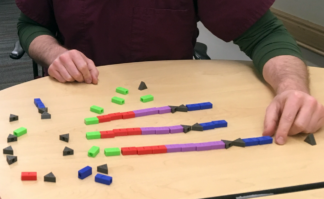
Gene segment models in use.
The Active Learning Fellowship was created to support health sciences faculty to teach using approaches that are effective in Active Learning Classrooms — the type of classrooms that will populate the new Health Sciences Education Center when it opens in summer 2020.
“Teaching in an active learning classroom is very different from the traditional teaching method of a power-point slide presentation delivered from a podium,” says Henry-Stanley. She explains that in active learning classrooms, students sit in small groups at circular tables — which facilitates engagement, group discussion, and tabletop activities.
Opportunities for future Makerspace collaborations
The 3D-printed blocks have not yet been introduced to her class, as the team is still building a complete set for the entire class to use. But Henry-Stanley noted that her experience with the Makerspace already has sparked ideas for additional collaboration. For example, she says the 3D printing approach could be used to illustrate molecular binding interactions, which she may pursue at the Makerspace with the assistance of Koffel and Jubara.
“I would encourage all faculty to take advantage of the resources that are currently available at the Bio-Medical Library,” Henry-Stanley says. “I would not hesitate to work with library staff in the future on any project. Their professionalism and ability to pull together resources were necessary and invaluable in making our Active Learning Classroom Fellowship successful.”
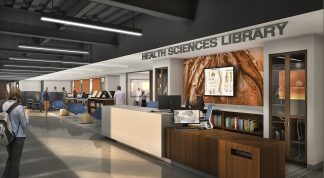
Rendering of the new Health Sciences Library entryway.
We’re on the move!
In 2020, the Health Sciences Library be moving into the newly-constructed Health Sciences Education Center, supporting innovative work like that of Michelle Henry-Stanley and Donna Spannaus-Martin.
Learn more about our move and how you can support innovation in the health sciences as we provide technology rich environments and expertise that will promote new insights into teaching, learning, and research to address the health challenges of our time.


